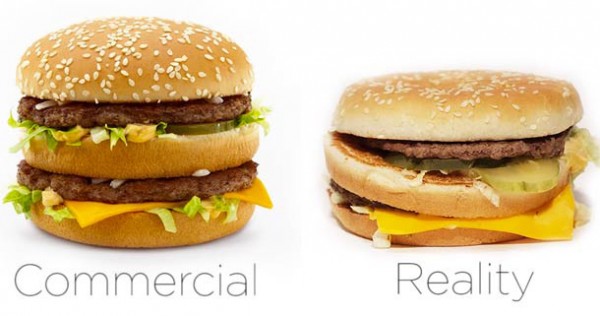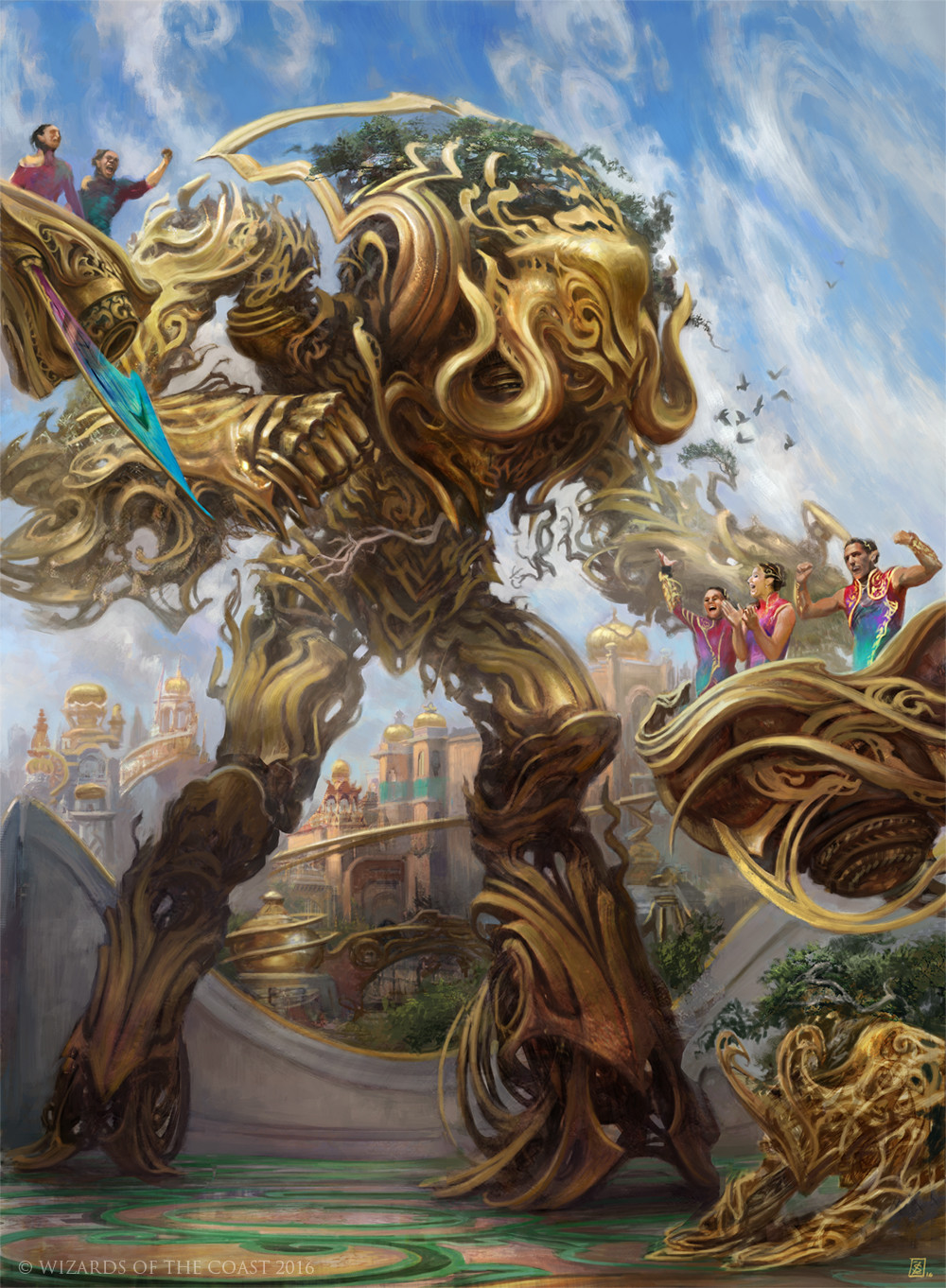Are you a Quiet Speculation member?
If not, now is a perfect time to join up! Our powerful tools, breaking-news analysis, and exclusive Discord channel will make sure you stay up to date and ahead of the curve.
Welcome back, readers!
Today's article will focus on the difference between our expectations for a given card and the reality of that card's success. Being able to determine whether a card is actually all it's thought up to be, or just a bunch of hype, can be a very valuable skill set. We often focus on trying to identify the under-appreciated cards when they're at their lowest, but we rarely devote nearly as much time to calling out the over-hyped cards.

Part of this is because we typically view financial growth as more impressive than simple money-saving. For example, if I were to tell you I bought 10 cards for $1 that are now worth $5, you would likely see that as a strong speculation investment that paid off. On the other hand, if I told you that I sold 10 cards in my possession for $5 each, which then fell to $1, you'd likely be less impressed.
Assuming I could sell the cards that are now worth $5, I would have made $40 in profit either way. But our perception is that the first is more impressive than the latter, because humans tend to value growth over decline. Of course, a savvy investor knows one can maximize their portfolio by utilizing both.
Expectations & Price
This cognitive bias ends up getting reflected in the actual price of cards, too. For an example, let's look at the new Kaladesh fastlands. Based on MTG Goldfish's chart of the most-played Standard cards, we would expect the prices to fall in this order:
But in reality they are as follows (prices are TCG Player Market Price):
- Spirebluff Canal - $7.45
- Inspiring Vantage - $4.72
- Blooming Marsh - $3.35
- Concealed Courtyard - $3.2
- Botanical Sanctum - $3.02
So the most played of the five is valued at the #3 spot, and the third most played is valued at the #1 spot. Looking at the most played Modern lands doesn't conform to expectations any better:
- Blooming Marsh (#21)
- Spirebluff Canal (#31)
There are two things we can glean from this. One is that Blooming Marsh may be currently undervalued, given that it's the #1 most played of the five over both major formats. The other is that Spirebluff Canal may be currently overvalued due to being #3 and #2 in Standard and Modern respectfully.
So the takeaway here would be to trade any Spirebluff Canals you aren't using for copies of Blooming Marsh, as demand should eventually catch up.
Looking at Shocks and Fetches
If I were to ask you what are the most expensive (non-foil) shockland and fetchland, I imagine many of you would guess Steam Vents and Scalding Tarn.
And why would most of us guess that? Historically a lot of combo decks in Modern tended to be blue-and-red-based (Modern Storm and Splinter Twin come most recently to mind). So it's not surprising that these two would lead the pack back when those decks dominated the format.
But if we look at the Modern metagame, again we see a different picture:
- Infect
- Dredge
- Jund
- Bant Eldrazi
- Naya Burn
- Lantern Control
- Affinity
- G/W Tron
- Death's Shadow Zoo
- Abzan
Of the top 10 decks (making up about 47% of the metagame), Dredge is the only one to include a Steam Vents, and none play Scalding Tarn.
If we look at the most played shocklands in Modern, we see both Stomping Ground ($11.07) and Sacred Foundry ($11.85) above Steam Vents ($9.99). So in the case of shocklands, the prices more closely mirror the amount of play each sees. It is fair to mention, however, that both Sacred Foundry and Stomping Ground were in Gatecrash (GTC), the less printed set, whereas Steam Vents was from Return to Ravnica (RTR). Thus there are likely considerably more RTR Steam Vents than GTC shocklands.
Looking at the most played fetchlands in Modern, we see Wooded Foothills, Windswept Heath, Bloodstained Mire, and Verdant Catacombs all sitting above Scalding Tarn.
The first three were obviously printed more recently in Khans of Tarkir, and thus the total supply is considerably higher than the Zendikar fetchlands (which have only the one mass printing). But Verdant Catacombs and Scalding Tarn have a similar supply (Catacombs's is slightly higher due to its inclusion in an Event Deck). Yet, despite seeing less play than Catacombs, Scalding Tarn is still 13% more valuable.
We saw this same phenomenon back before the original Onslaught (ONS) fetchlands were reprinted. Legacy was the only major format where the ONS fetches were legal, and back then the most dominant decks (Sneak and Show, Maverick, Miracles, RUG Delver, Death and Taxes) didn't include black at all. Despite this, Polluted Delta was the most valuable of these original fetchlands.
The reason was that in Vintage black was considered second to blue in power level (a fact also reflected in Underground Sea's price), and people expected the color to catch up in Legacy. Eventually we did see Esper Stoneblade, BUG, and Storm decks rise to tier 1 status, but Underground Sea had been king of the dual land hill for quite some time.
Identifying Overvalued Cards
Spirebluff Canal isn't the only card whose current value seems to be propped up due more to expectation than to reality. Here are some other cards whose prices may be due for a correction soon:
- Torrential Gearhulk - This card is sitting at a market price of $12.95. While it did break out a few weeks ago at the Pro Tour, it's not even in the top 50 most played cards in Standard anymore. It also doesn't show up in any significant numbers in Modern.
- Verdurous Gearhulk - This was the second most expensive card in Kaladesh when it first came out (preordering for $25-plus for a while). I know my local game store couldn't keep them in stock originally, and I was able to trade my playset straight across for four Noxious Gearhulks. Like Torrential above it started out showing up in several decks in the new Standard, but has failed to pan out.
- Nissa, Vital Force - Nissa started out in the same decks as Verdurous Gearhulk, except typically only as a one- or two-of. She was cut entirely pretty quickly, and now appears mostly in a sideboard capacity.
- Tamiyo, Field Researcher - The new Tamiyo is currently sitting at $10.33 market price. Yet she isn't in the top 50 most played cards in Standard—in fact there aren't any tier 1 archetypes that play the Bant shard at all. Planeswalkers are more iconic than a lot of other cards, so along with Nissa above, there's definitely some casual demand here.
Conclusion
One major takeaway here is that Magic players often associate a card's potential with what they think it should be, rather than what it proves itself to be. This is very evident in our Spirebluff Canal example.
It's not surprising that this phenomenon is far more typical with new cards—the more time that elapses as a card remains out of the spotlight, the more people move away from it.
I'm not saying it's unwise to make comparisons to past cards, archetypes, or just general history to make an assumption about a card's potential. However, we must remember to re-evaluate this assumption as time progresses and we see the card in action.








I think that the percepcion of some cards dont change much with the time. A great exemple of this is the Underground sea. Identify the cards overpriced is only usefull if it is corrected with the time…
I think it is usefull with latest cards but no to much with eternal staples…
Valid point. As I mentioned this is predominantly useful regarding new cards though I dont think you can say it never happens with eternal staples…it is just far less likely.
Truth. The great examples you provided clearly demonstrated how much expectations are baked into prices. Card pricing truly is a funny thing.